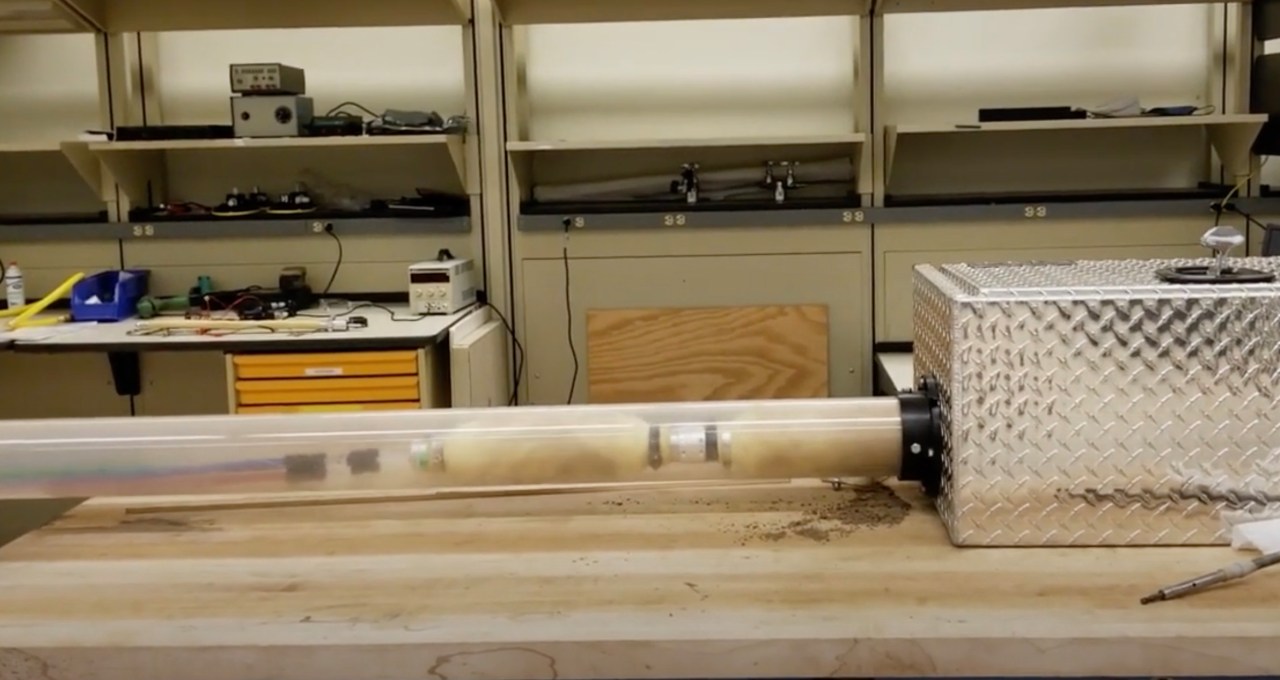When one thinks of futuristic robotics, humanoid figures may come to mind, but the latest innovation from GE Research takes a turn toward the underground. This novel soft robot, inspired by the biology of earthworms, has been designed to bore tunnels efficiently, receiving a significant endorsement from DARPA through a $2.5 million grant as part of the Underminer program. Join me on a journey to explore this groundbreaking technology, its inspirations, and its potential applications.
The Inspirations Behind the Design
The creation of GE’s robot is a prime example of biomimicry, where nature’s solutions to complex problems guide engineering innovations. The team drew inspiration from the hydrostatic skeletons of invertebrates, which allow organisms like earthworms to navigate and modify their external environments with flexibility and precision. This design methodology focuses not just on replicating the form of an earthworm, but rather on mimicking the underlying principles that govern its movements.
A Unique Mechanism of Movement
The robot boasts artificial muscles that replicate the natural contraction and relaxation of an earthworm’s body. This mechanism allows the machine to inch along underground terrains, providing it with:
- Adaptability: The segmented design enables the robot to tackle diverse underground conditions.
- Flexibility: With the ability to squeeze into confined spaces, it can navigate through challenging environments.
- Locomotion: The autonomous movement is driven by a hydrostatic skeleton, ensuring efficient operation without the need for constant remote control.
Autonomous Functionality and Sensing Capabilities
A standout feature of this tunneling robot is its ability to operate autonomously. As project leader Deepak Trivedi highlighted, functioning underground presents unique challenges, such as poor connectivity for remote operators. To address these challenges, the robot has been outfitted with advanced sensors that provide it with real-time data, allowing it to tunnel effectively without human intervention.
Tackling the Challenges of Subterranean Operations
With the objective of producing a robot capable of digging up to 500 meters while maintaining a speed of 10 cm/sec, the project is far from complete. The integration of artificial intelligence and sensory technology is crucial for achieving successful navigation and excavation underground. By collaborating with controls and sensing experts, the team is laying the groundwork for future enhancements that could revolutionize how we approach subterranean construction.
Applications on the Horizon
The potential uses for this innovative tunneling robot extend beyond military applications. Imagine if such a technology could be harnessed for:
- Urban Infrastructure: Treasure-hunting for new plumbing systems, foundations, or underground utilities without disturbing the surface.
- Disaster Recovery: Reaching trapped individuals in collapsed buildings where conventional machinery cannot access.
- Environmental Studies: Conducting assessments of underground ecosystems in a non-invasive manner.
Conclusion: A New Era of Robotic Engineering
GE’s earthworm-inspired tunneling robot exemplifies the incredible potential of combining biological research with cutting-edge technology. By utilizing the principles of nature in robotic design, we not only expand our capabilities in tunneling but also pave the way for innovative solutions in various sectors. As we watch the project evolve, the implications of such technology can reshape our approach to underground operations and set the stage for future advancements in robotics.
At **[fxis.ai](https://fxis.ai)**, we believe that such advancements are crucial for the future of AI, as they enable more comprehensive and effective solutions. Our team is continually exploring new methodologies to push the envelope in artificial intelligence, ensuring that our clients benefit from the latest technological innovations.
For more insights, updates, or to collaborate on AI development projects, stay connected with **[fxis.ai](https://fxis.ai)**.

